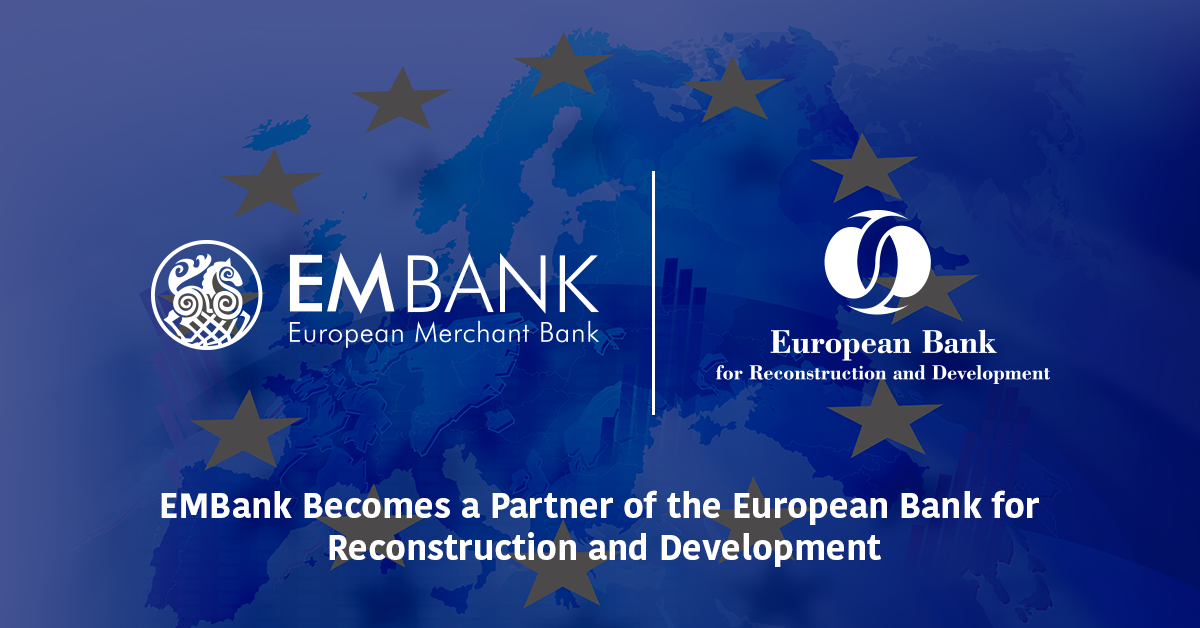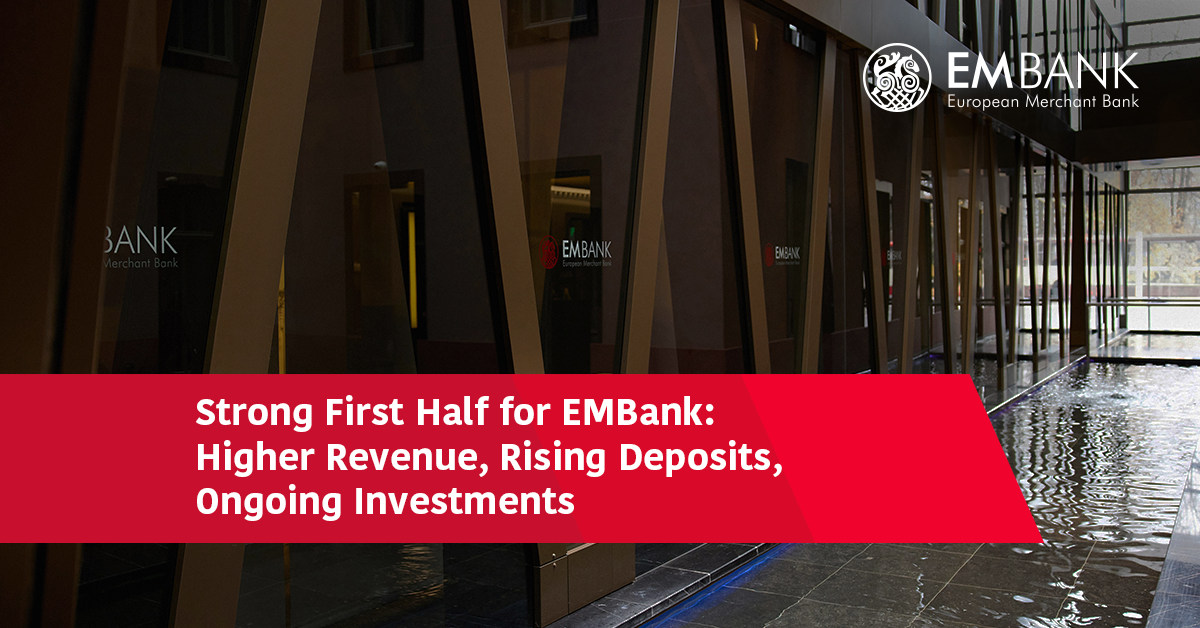The adage that nothing is more permanent than change has been more applicable to the financial sector than ever in recent years. The digital change train has already left the platform and is about to accelerate, but it is still possible to catch up. This is exactly what is expected in 2023 in the field of digital banking: progress, growth and adaptation, both in terms of financial institutions and consumers.
Digital banking has made it possible for customers – both private and business – to manage their financial affairs more conveniently: pay bills, transfer money, shop, invest and perform other operations just sitting on the sofa at home. Statistics confirm that the gap between consumers of different age groups is decreasing and will continue to decrease as physical bank branches move out of the regions.
These are just a few trends that show the direction of digital banking in 2023. What else can we expect and how will the changes affect people, small and medium businesses, large companies and the financial services sector itself?
Traditional services are being replaced by digital ones
The use of digital banking services in Europe has almost doubled over the past decade, but regional disparities remain large. According to Eurostat, the most active are the residents of Norway, Iceland, Denmark, Finland and the Netherlands – in these countries, more than 90% of people have connected to banking services online. Lithuania lags behind them a bit (72%), but is still significantly ahead of the EU average (58%), while Albania (5%), Montenegro (8%), and among EU countries – residents of Bulgaria and Romania (15% each) use internet banking the least.
As the use of digital banking services grows rapidly, the need for in-person services is diminishing. Lithuania is an excellent example of this: if in 2019 the share of customers who did not visit a physical bank branch reached 30%, then last year it increased to almost 60%, according to a study by the Association of Lithuanian Banks. In response to these changes, traditional banks have been closing their regional and smaller city branches one by one, and since 2010, nearly 600 such branches have been closed.
This only further encourages the growth of digital banking services, especially among older, regional residents – those who would otherwise have continued to go to the bank to pay utility bills, make money transfers and manage other financial matters.
So next year the growth of digital banking services will inevitably continue to grow, and banks will expand and improve their digital services, becoming more and more like technology companies.
Customers want convenience
Not all banks like these changes, but they are inevitable. People’s attitudes and needs are changing, with two out of five consumers already using mobile banking as their primary financial platform. What’s more, people are willing to trust non-financial institutions with their money if they provide more convenience.
Apple Pay and Google Pay are great examples of this. Thoroughbred IT companies have taken advantage of the situation and currently, more than 650 million people around the world use their mobile wallets.
Why do people trust them? Because they want convenience: According to the McKinsey survey, more than 80% of Americans use e-payments, including online purchases, through apps, payments in stores by phone and direct transfers to other people.
This is one of the reasons why the popularity of these services and those offered by fintech companies is growing so rapidly.
Just moving services is not enough
Of course, there are more reasons. For people, as well as small and medium-sized businesses, the opportunity to manage their own financial services – if not all, then at least most of them is very relevant. This means that digital banking channels and tools must not only be clear, and convenient, but also personalised.
For example, when deciding to borrow funds or, conversely, to invest part of them, the user should find such an opportunity by connecting to online banking on a computer or phone, and even better, receive an individual offer.
So it’s not enough just to move your services to the virtual space; they must be easy to manage, convenient and relevant for customers. It is this that can provide uniqueness and competitive advantage, which is why customer needs and their experience in digital channels will be given special attention in 2023.
Fintech – competitors for some, partners for others
Banks are not capable of doing everything on their own, so partnerships that help achieve results faster and more efficiently play an important role. And while some banks see fintech startups as a threat and compete with them, others are looking for common points of interest that would help them discover new, untapped opportunities and growth together.
It is positive that the share of partnerships is growing. The Financial Brand survey showed that 50% of banks and 40% of credit unions have cooperated with fintech companies in the last three years.
So more and more market players are realising that fintech startups can make their digital journey easier, faster or cheaper. The most important thing is not to forget to conduct an audit of future partners because reputation and customer trust are the foundation of the financial services industry, which cannot be risked.
There is no threat of cuts
Of course, we should not forget the tense economic situation and other factors that may affect the development of the digital banking services sector in 2023.
A slowing economy, rising inflation and interest rates promise troubled times for the entire banking sector. On the other hand, after the 2008 crisis, a large number of market participants managed to strengthen their positions, improve liquidity and undertake transformations, abandoning non-essential, unprofitable activities.
In addition, it is the technology that makes it possible to work more efficiently and therefore to save money. Digitisation should therefore be one of the last lines on the list of potential cuts.
The level of digital banking in the financial sector is growing and will continue to grow. Technological progress, and changed consumer needs, which were also greatly influenced by the COVID-19 pandemic, encourage more and more customers to switch from traditional to digital banking services.
In 2023, the digitisation train will accelerate, and for those who missed it, it may already be too late.
Sarp Demiray, the CEO of European Merchant Bank




